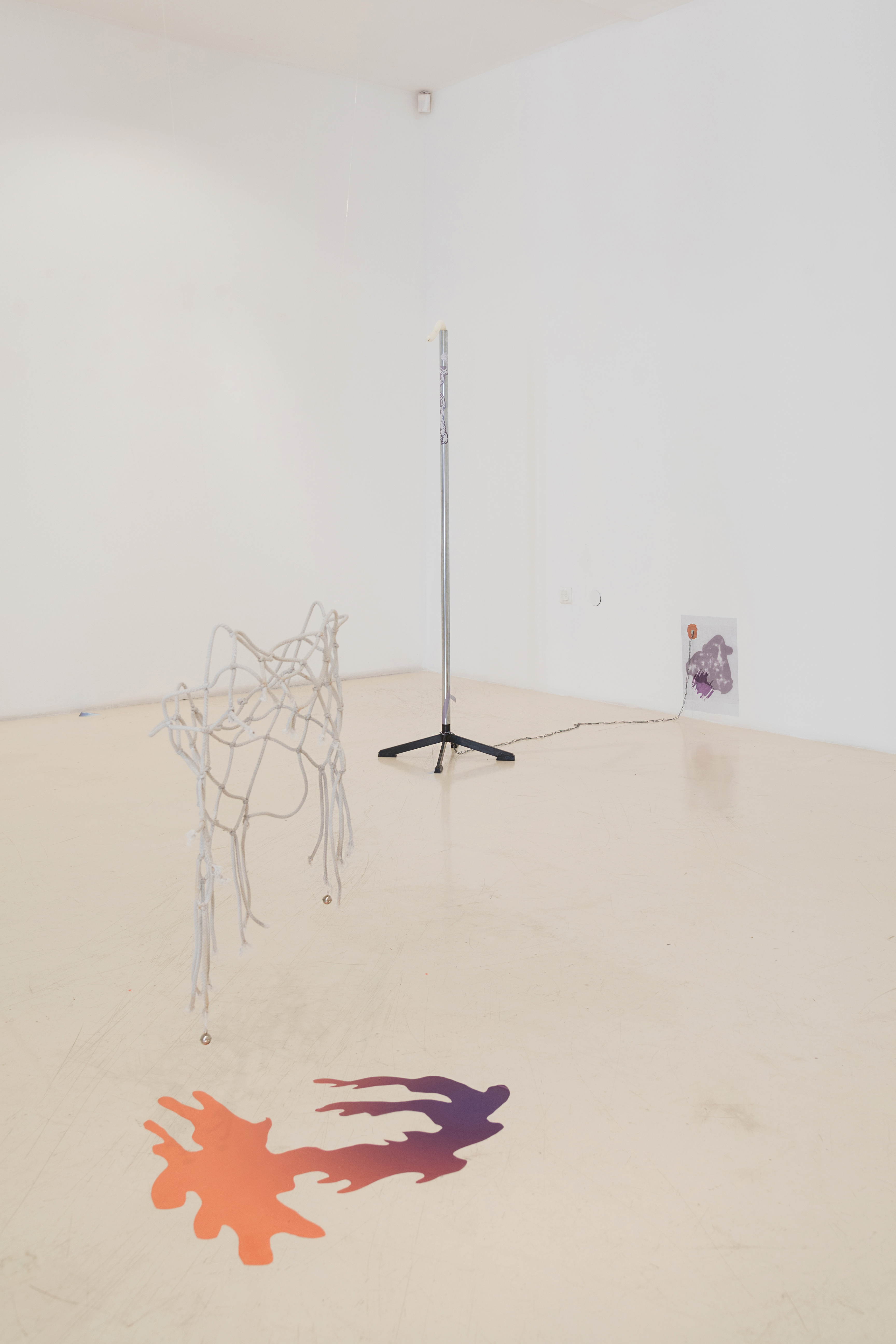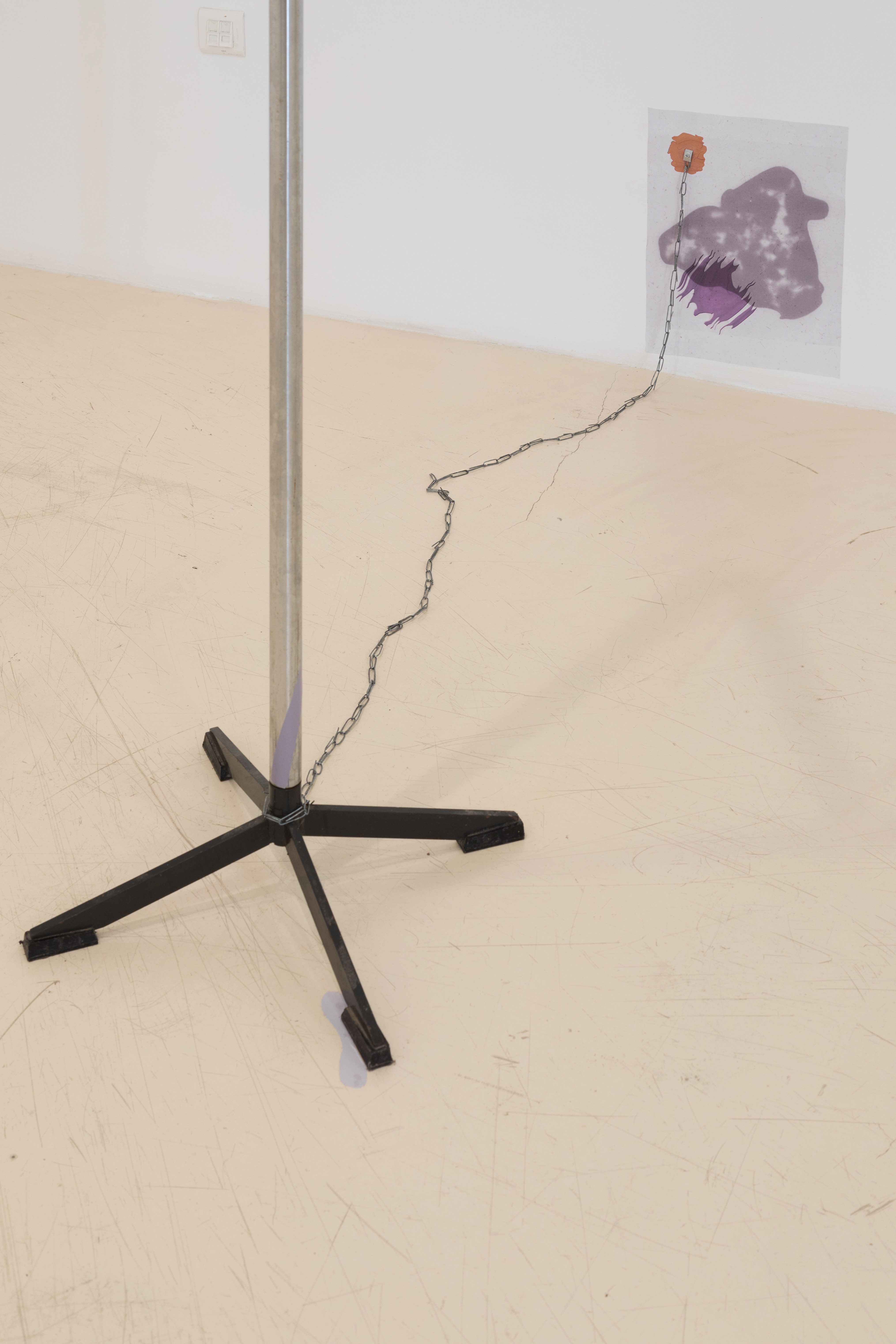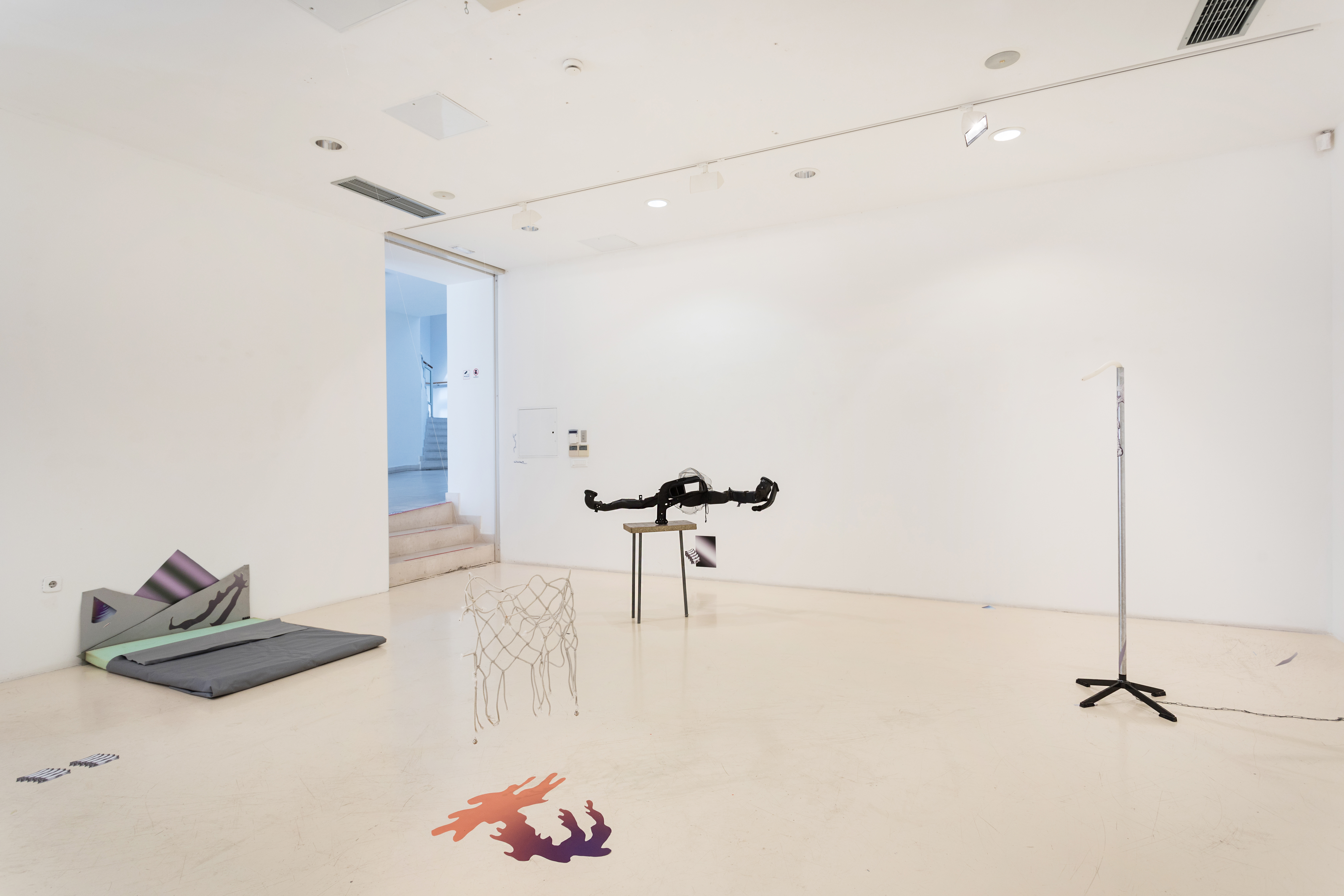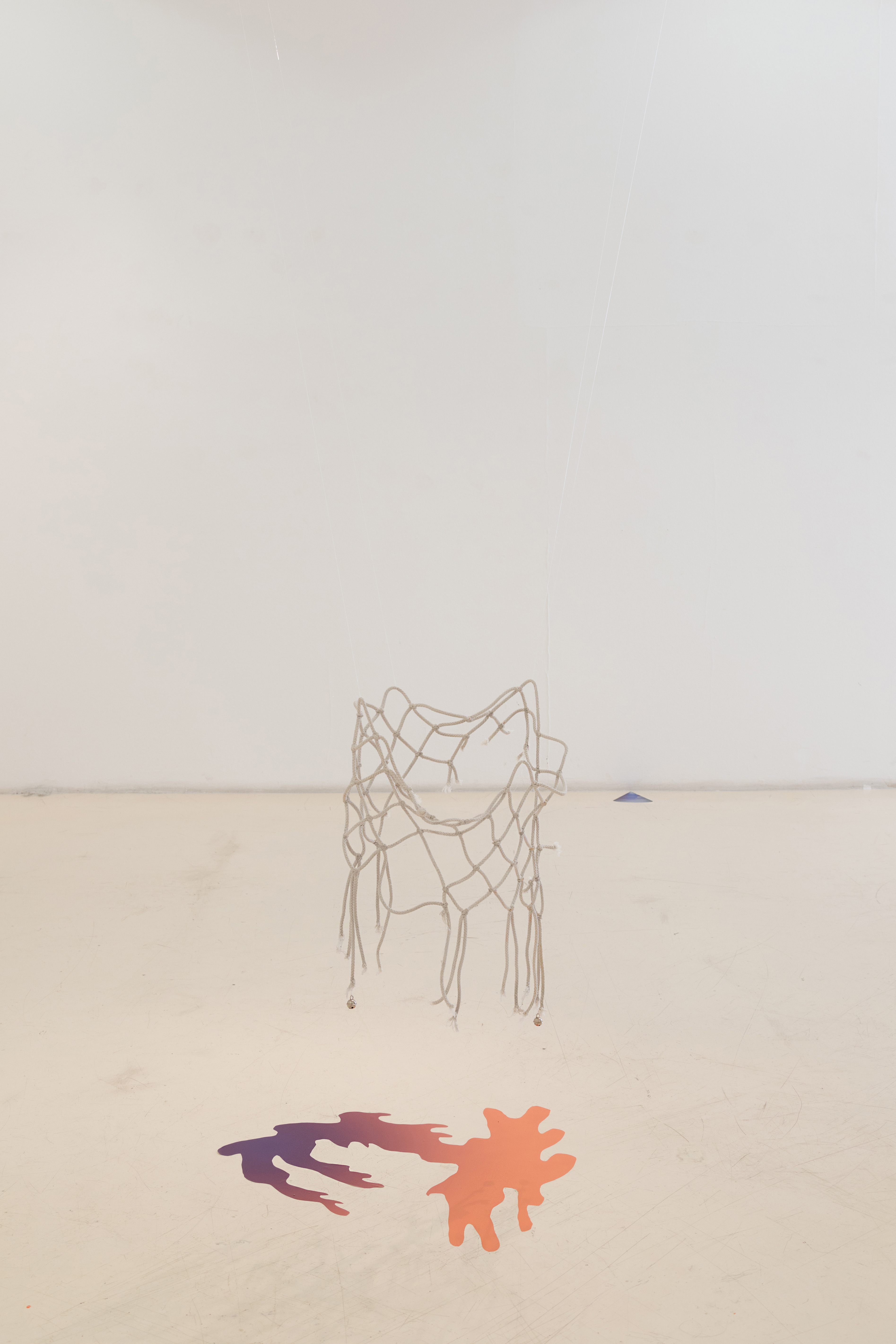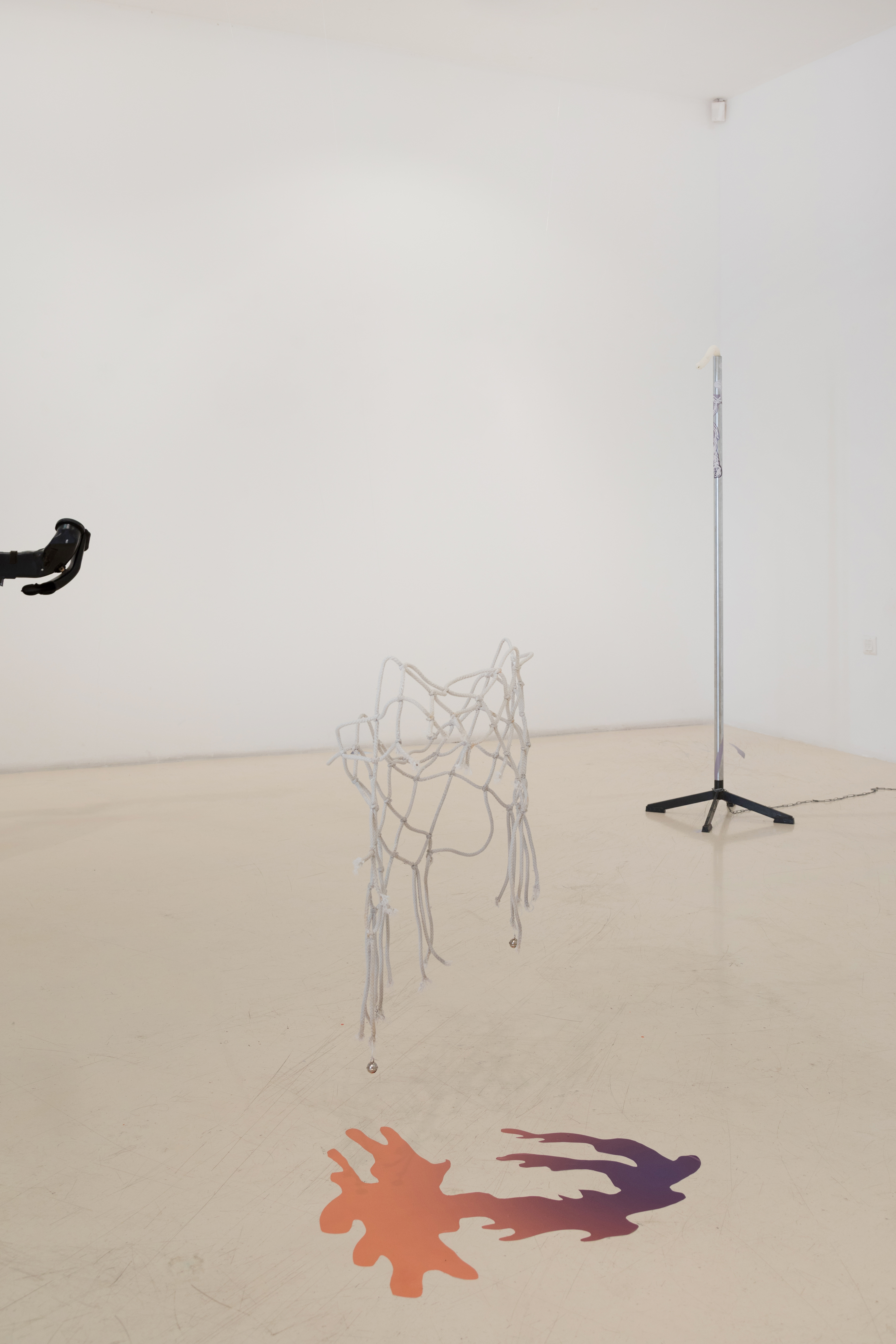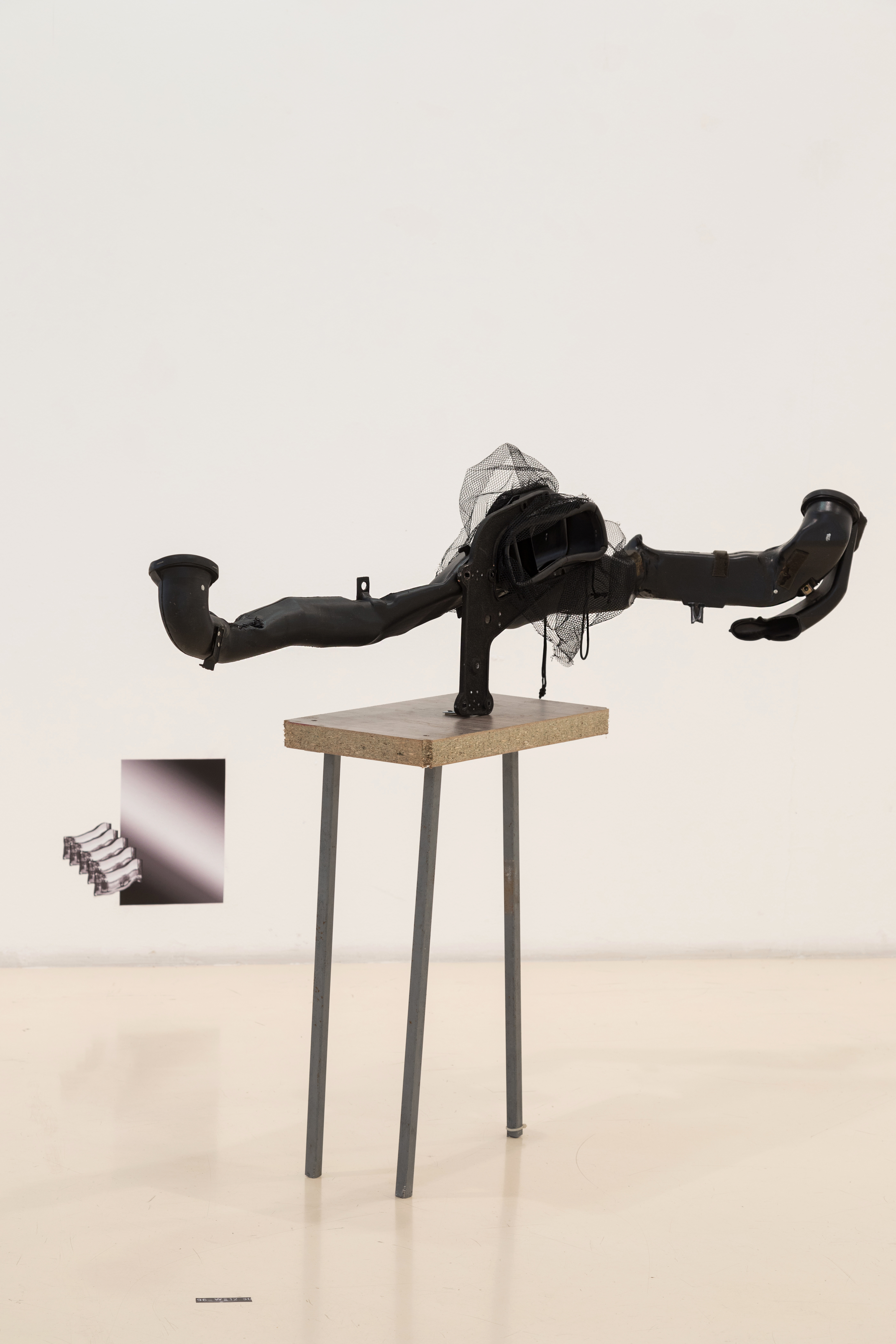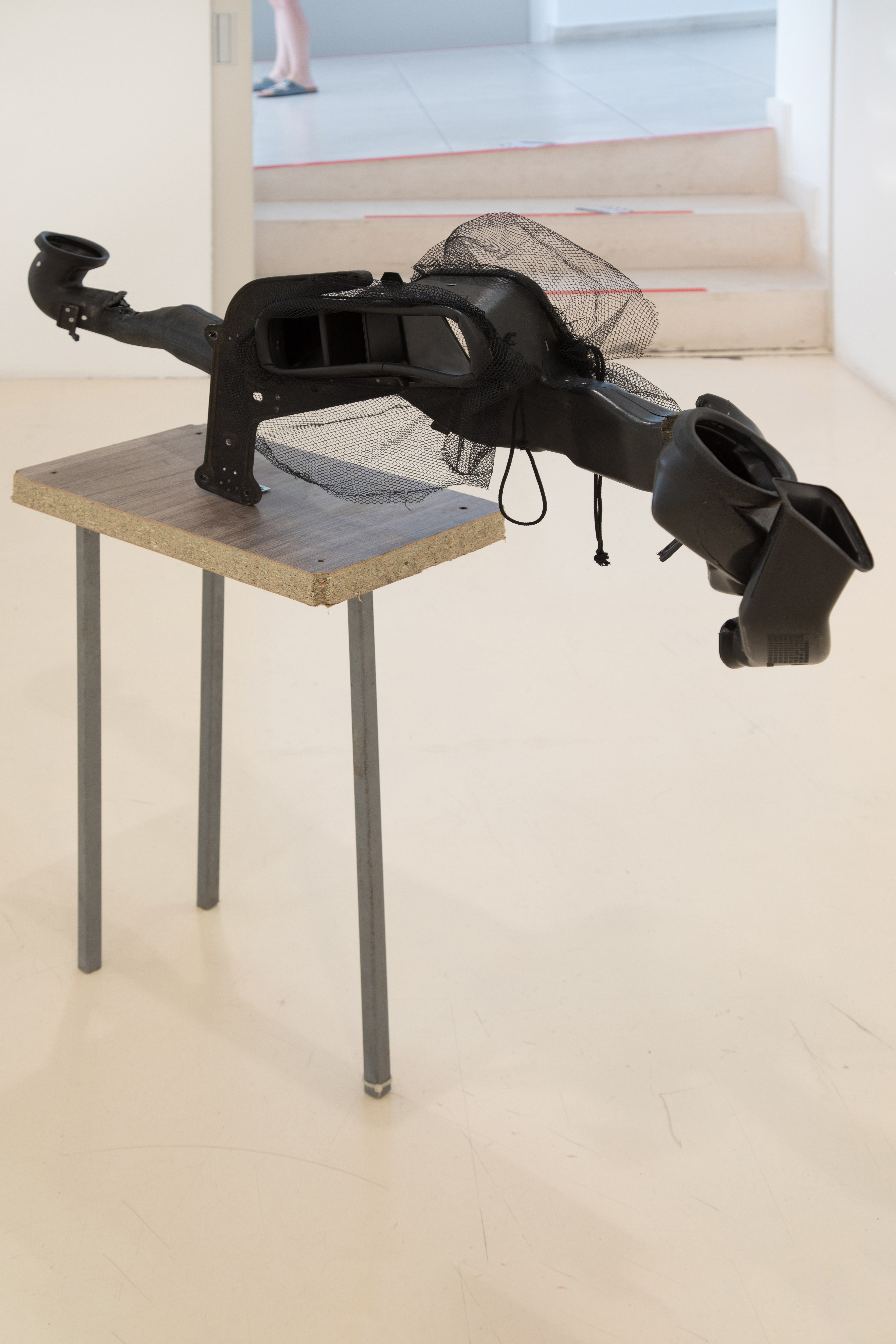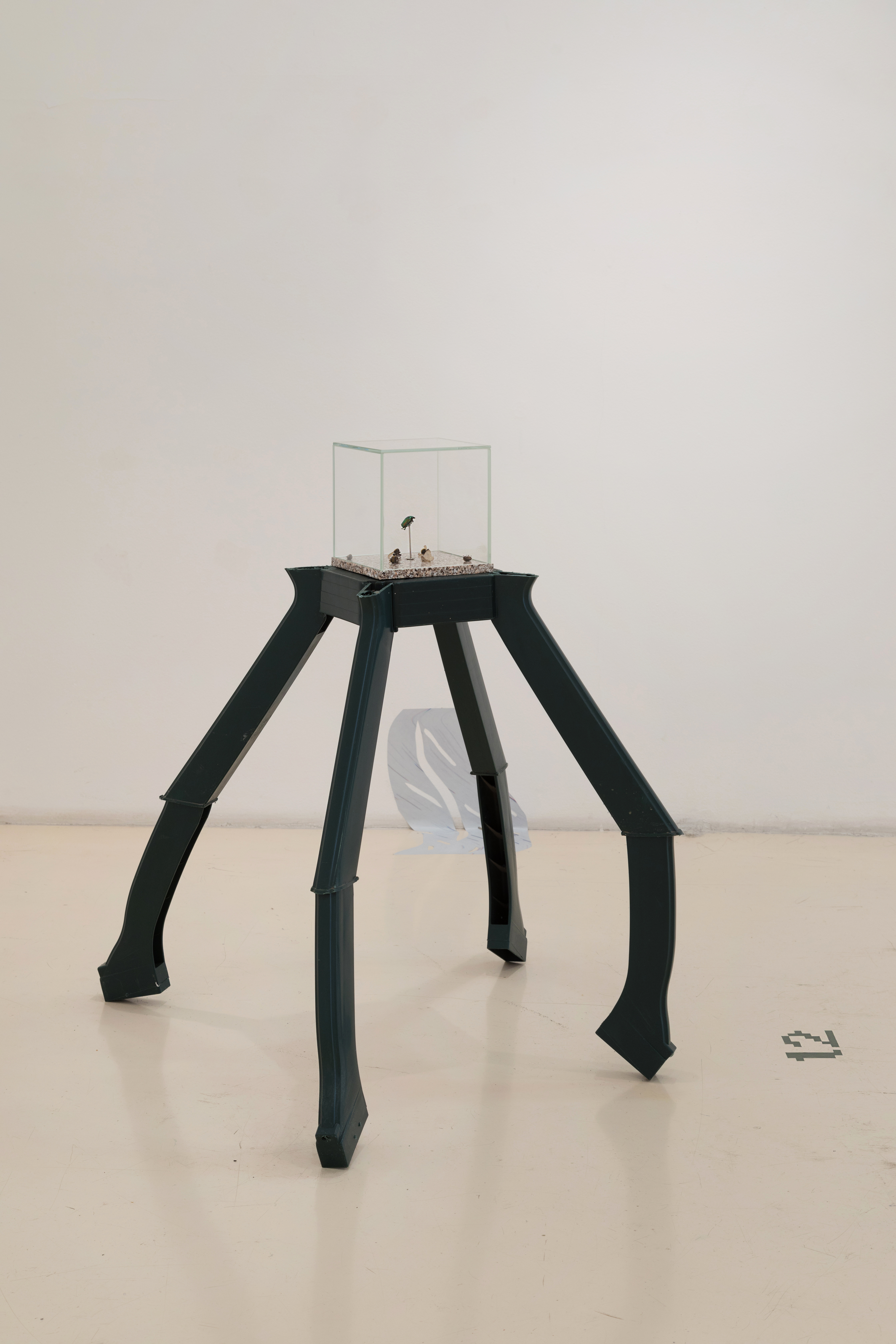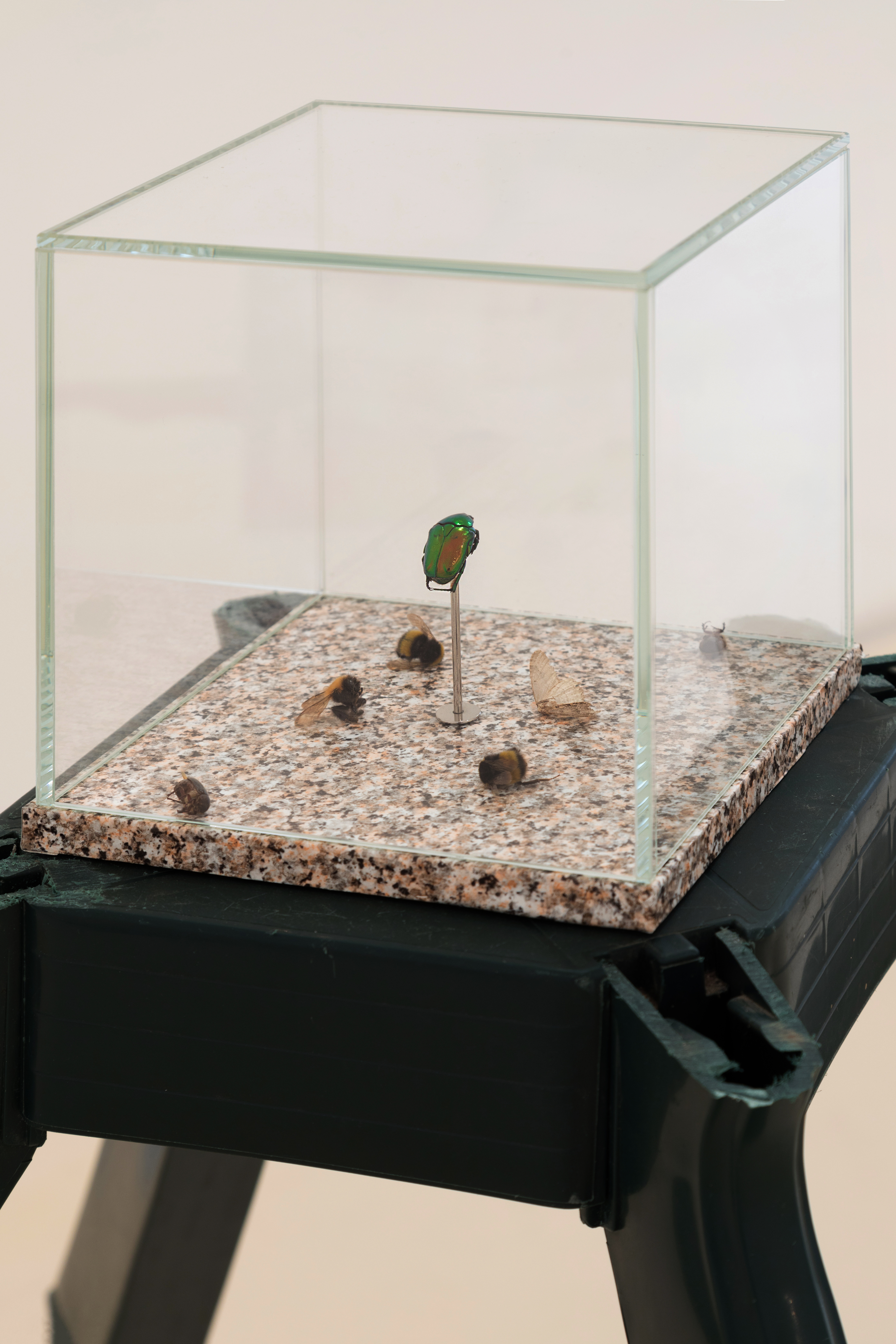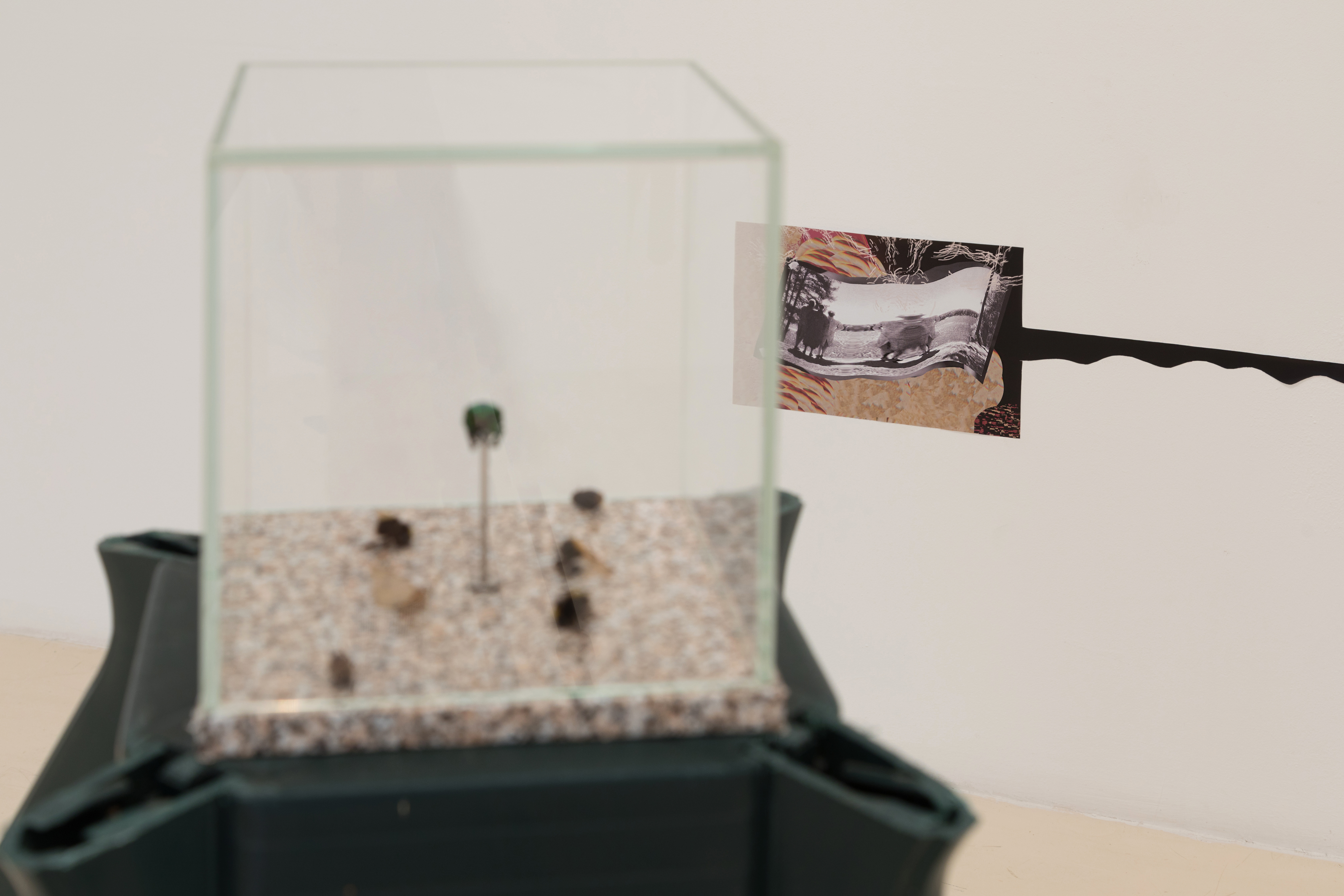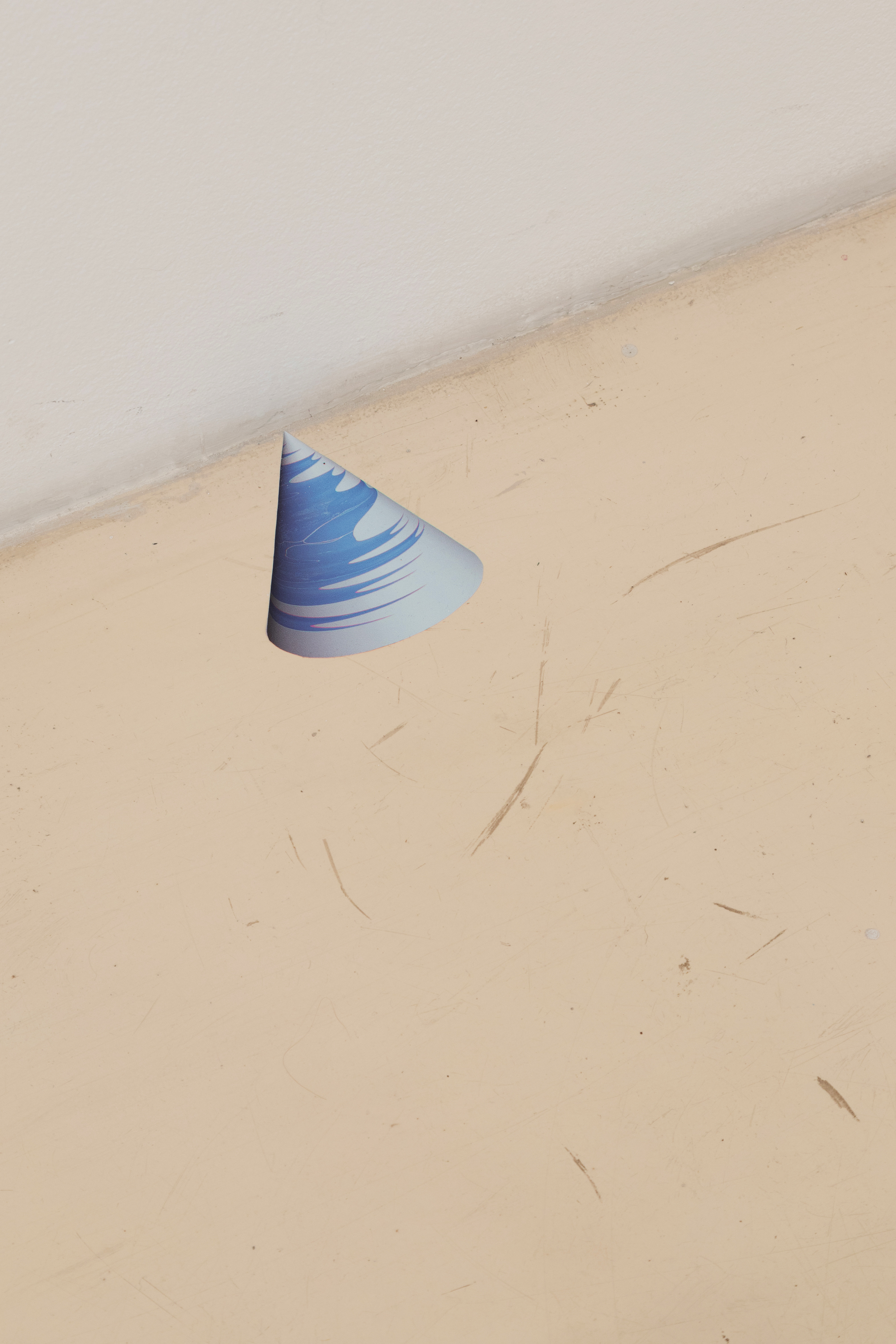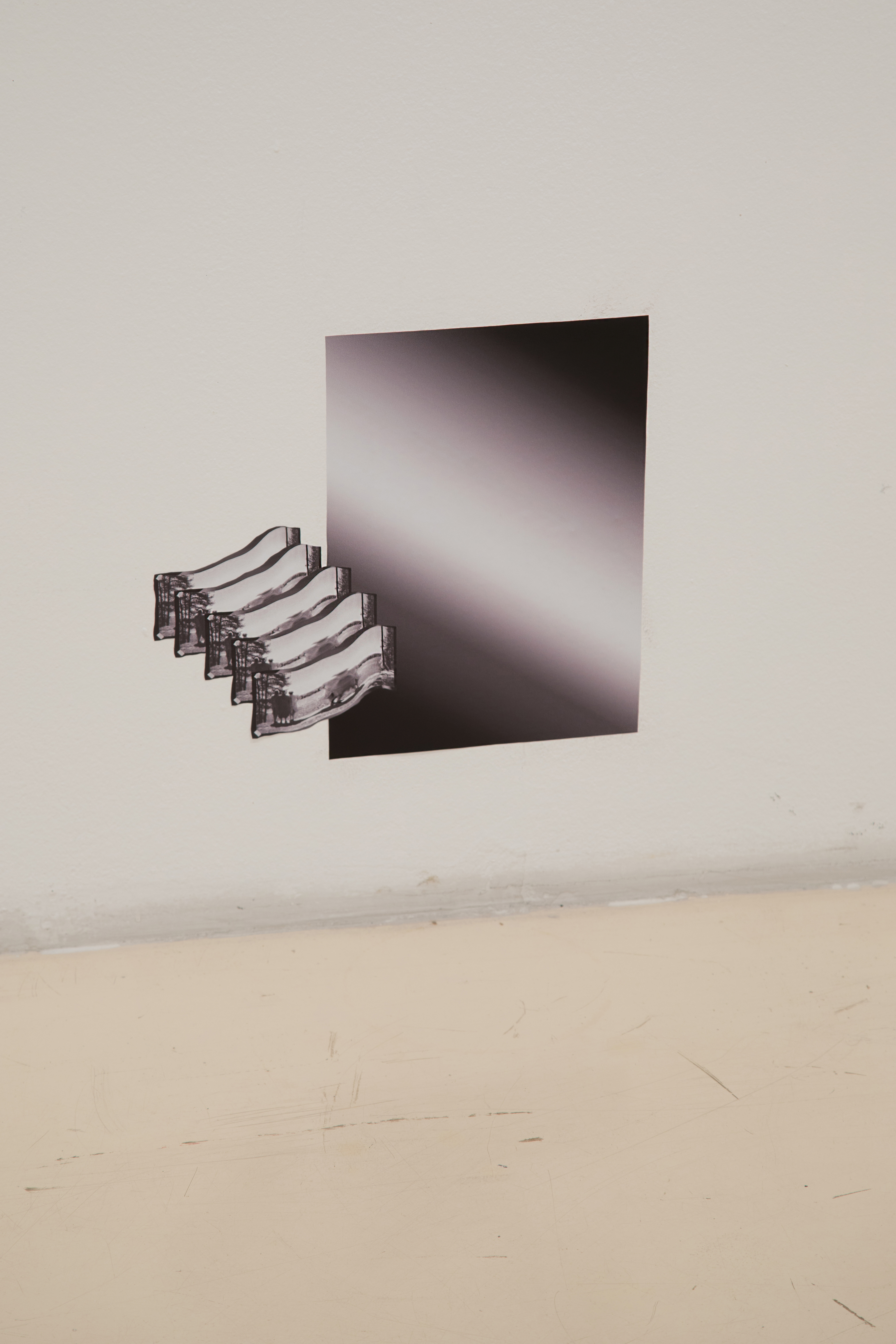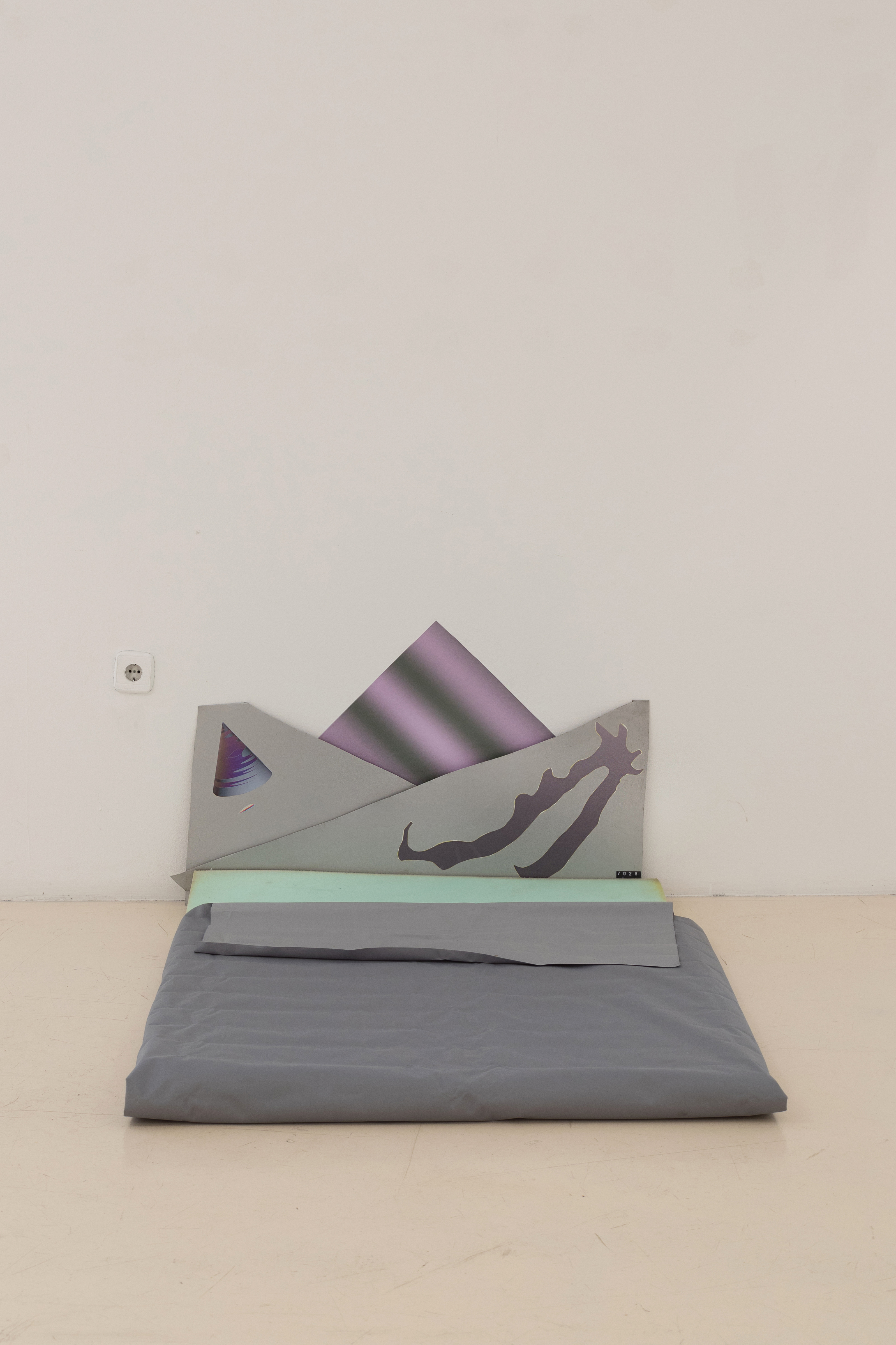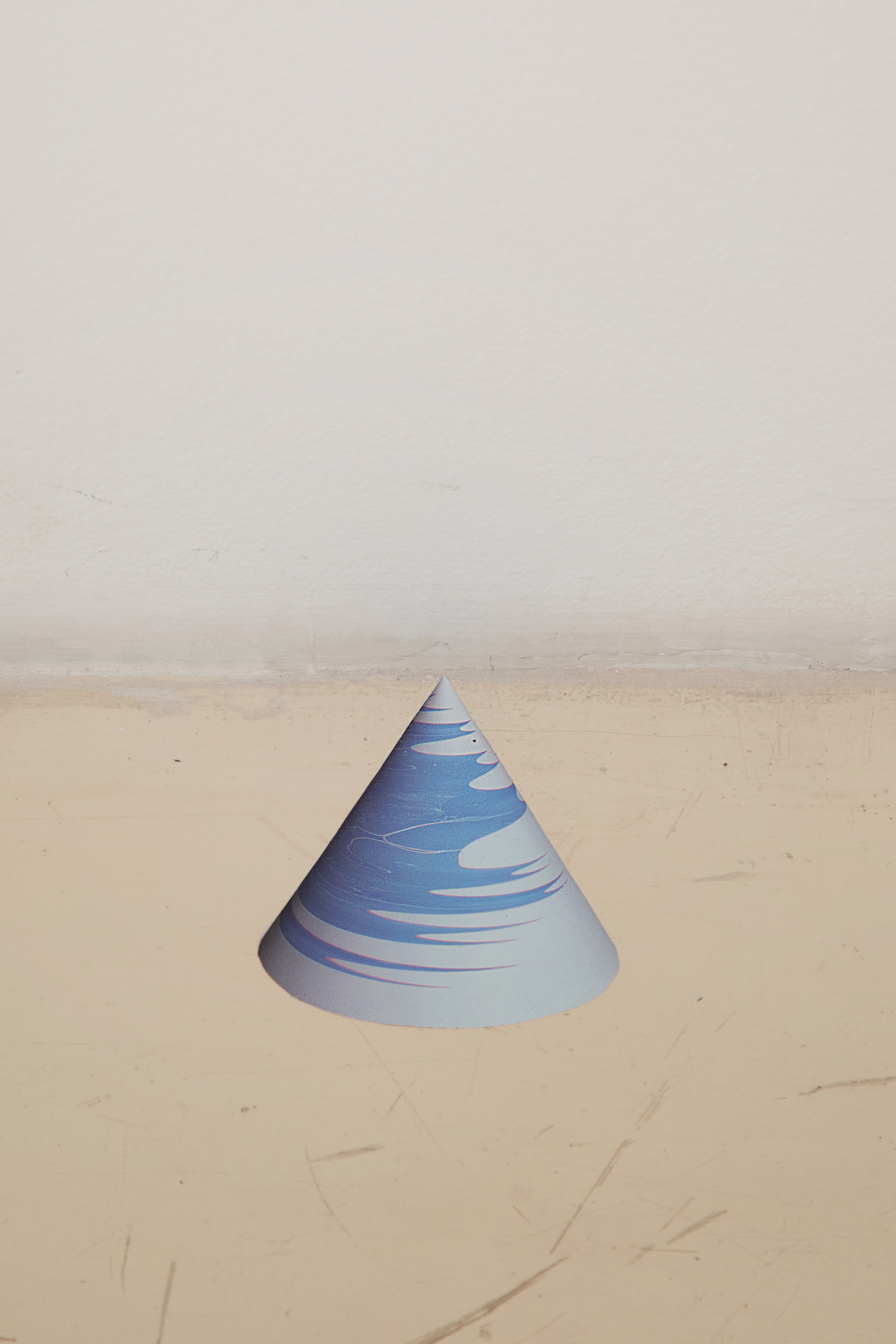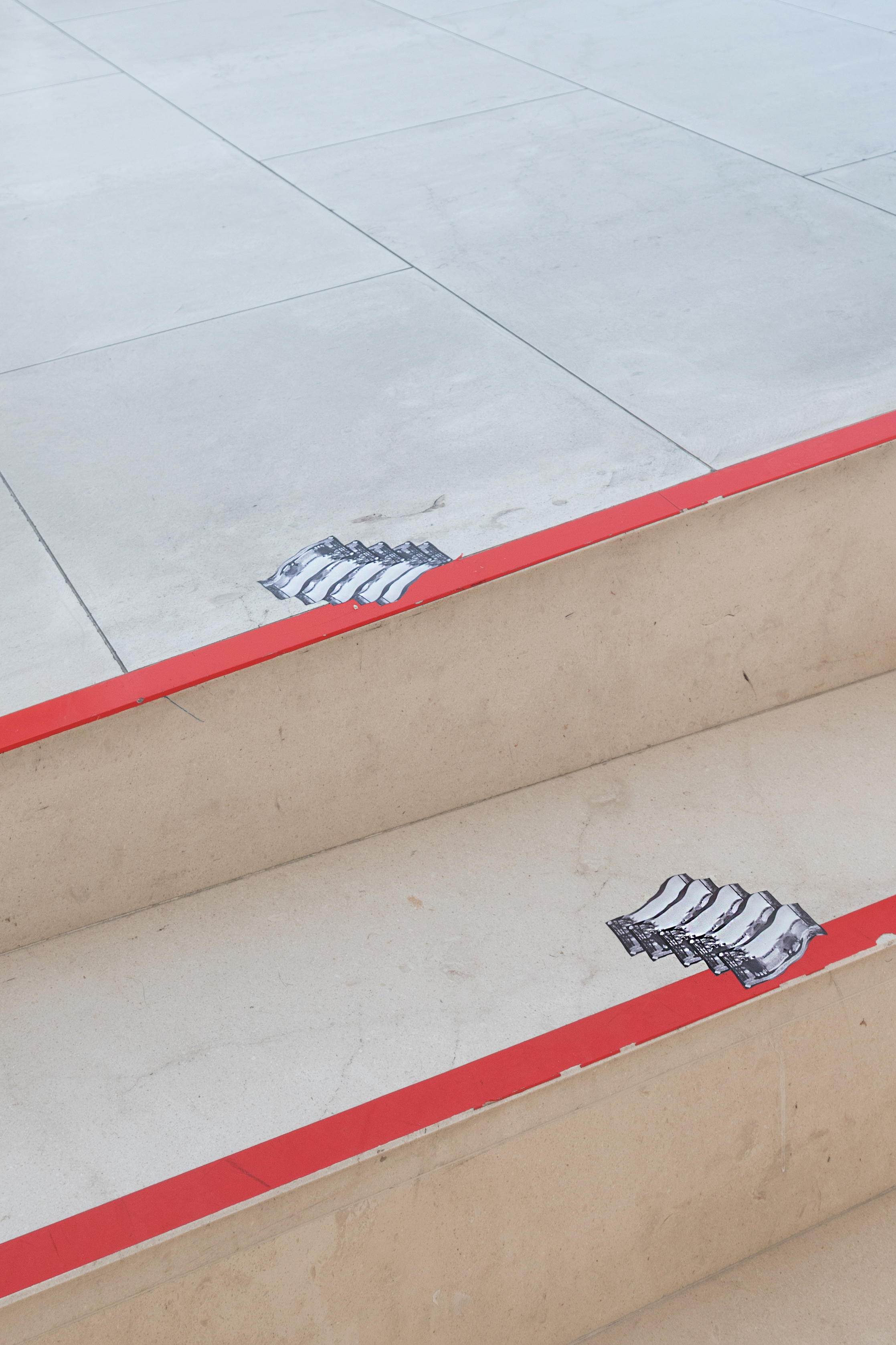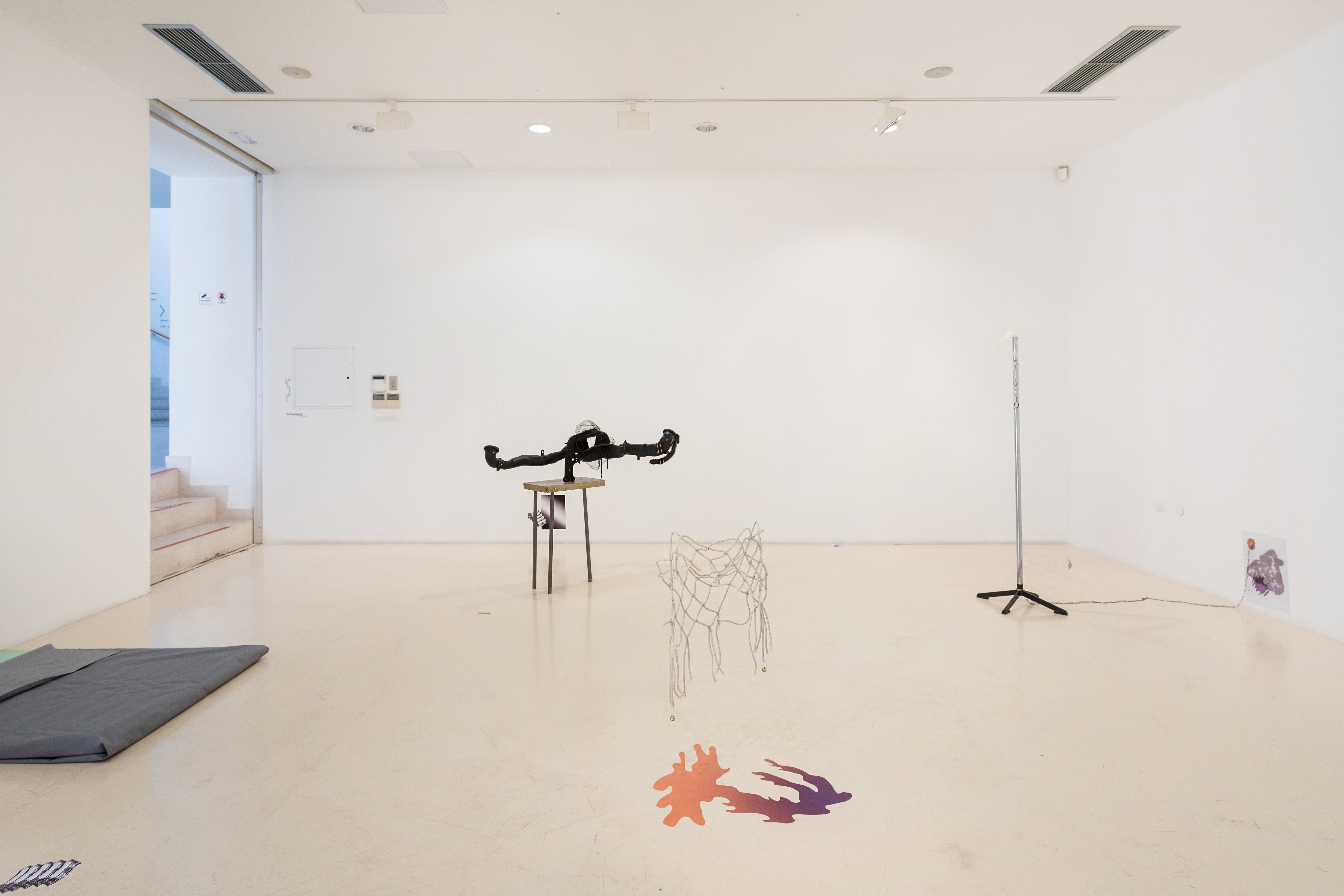Title: WHO LIVES HERE, WHO LIVES HERE?
Curated by Jasminka Babić
5th – 30th, September 2019
Venue: Museum of Fine Arts, Split
Text: Jasminka Babić
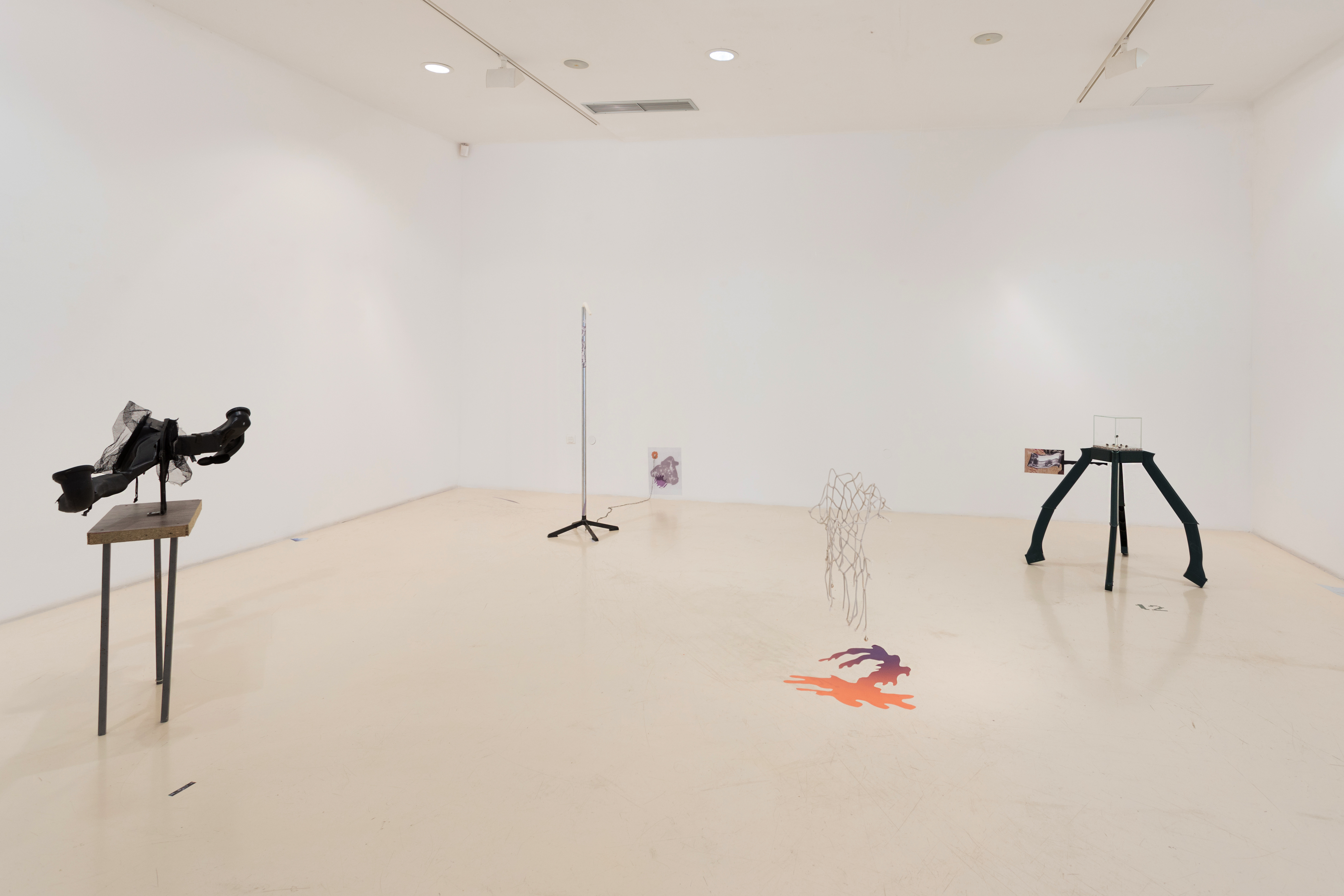
… but why do I have to part with my memories; memories that are contained in such a state of scrap that externally they resemble garbage? I don’t understand this… Moreover, strange as it seems, I feel that it is precisely the garbage, that very dirt where important papers and simple scraps are mixed and unsorted, that comprises the genuine and only real fabric of my life, no matter how ridiculous and absurd this may seem from the outside.
Ilya Kabakov The Man Who Never Threw Anything Away (c. 1977)
The problems of one of the imaginary tenants of Russian artist Ilya Kabakov’s installations arise from his incapability to adopt the common relation towards the objects that had lost their primary use. This hoarder, incapable of declaring anything as garbage, collects the remnants of his own life, catalogues them and organizes into an archive, hoping that those fragments will fully communicate the essence of his existence. However, memory contained in those objects does not only help to preserve the past or define the present. Its existence guarantees the potential of a new life. Kabakov has given a new context to the collected objects through his installations. In 1988, at the Ronald Feldman Fine Arts Gallery in New York, he presented his series Ten Characters for the first time to the Western public. Through unique artistic vision, he has communicated his personal past, but also a story of a life behind the Iron Curtain, the story of a vanishing society.
Nearly four decades later, political, economic and social context has changed significantly, but the artistic concepts and methods of Ilya Kabakov still remain relevant. The youngest generation of artists still find the art form that he called total installation interesting, especially its character of immersive experience that is being directed by the author. The same can be said for the method of appropriation of discarded objects that are given a completely new meaning within the context of an exhibition. The latest work by young multimedia artist Luka Kedžo was created in the same context. Reacting to the specific exhibition space, the author uses it as a neutral white frame for the positioning of diverse object that form one spatial installation.
Through carefully directed setting he puts the audience in the position of active observation, reading of visual signs and final perception of the whole work. The title of the installation, if not its visual content, directs us to the leads that could help us decipher what lies in front of us. Strange objects constructed of discarded building material, car parts, remains of garden furniture or old basketball net are arranged in a manner that follows some twisted logic and organized into something that can be understood as traces of someone’s dwelling.
Therefore, we can see the possibility of someone sleeping on a form that resembles a bed, he/she uses a wax candle that is transformed into a floor lamp, or keeps dead bees and scarabs for pets.
Non-linear and fragmented narration will hardly help us in getting the answer for the question posted by the title of the exhibition. But, it doesn’t matter. What is important is that our curiosity becomes alive, that we perceive the characteristics of the exhibited objects and that we use our imagination in recognition of the content. The final impression will anyway be formed according to personal analogies, memory codes and cultural specifics of the audience.
The difference of contemporary visual language from the time of the Kabakov’s early installations is greatly the result of the changes caused by digital technologies and new communication platforms. Kedžo’s work shows dominant Post-Internet aesthetics, especially in the printed material set within the installation. Scanned objects, archival photographs with simulated glitches, visuals generated by Photoshop all testify of the time and space of the coexistence of digital and analogue that are being joined into a new amalgam. The culture of recycle and reuse is integral to the author’s generation who are aware of the limited resources and the impact of climate change. However, Kedžo’s reuse of discarded objects has a personal note to it. He lives and works in Zagreb’s Paromlin complex. Surrounded by the deteriorated monument of the industrial architecture, the artist becomes the witness of the deliberate neglect and total entropy. Therefore, discarded objects cease to be mere garbage, and the process of their preservation and reanimation becomes the platform for new possibilities. Even if they only exist within the context of contemporary art.
Jasminka Babić
Luka Kedžo (1986, Dubrovnik, Croatia) graduated Cinematography in 2011 from the Academy of Dramatic Art in Zagreb where he also completed MA studies in Photography in 2014. He was awarded The Best Young Author Award at the 46 Zagreb Salon (2011), Franco Jesurun Award at Trieste Contemporanea (2015), as well as the Grand Prix Award at the 33 Youth Salon in Zagreb (2016). He has been exhibiting since 2010 and this is his third solo exhibition.
